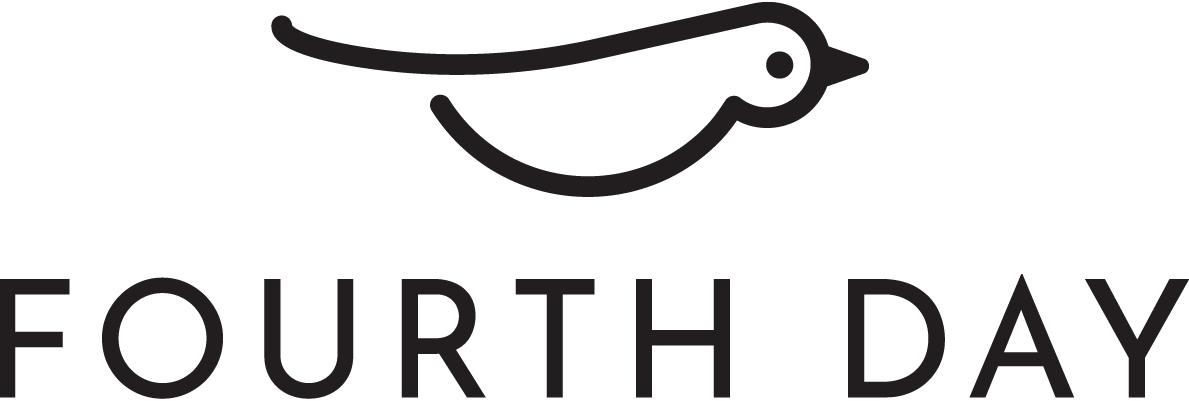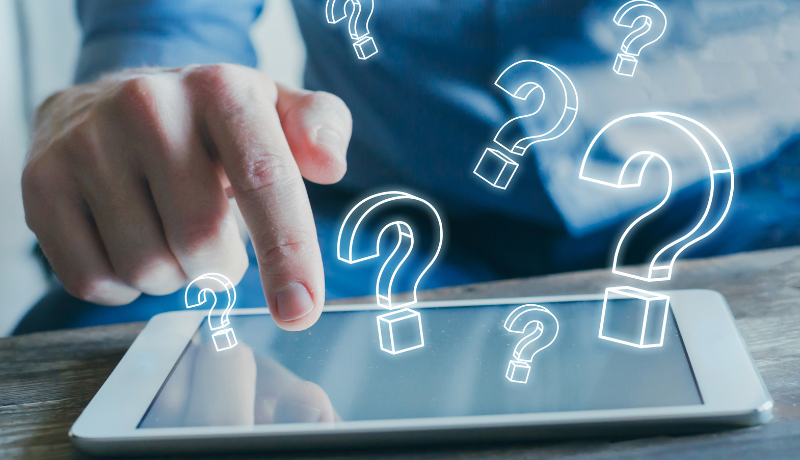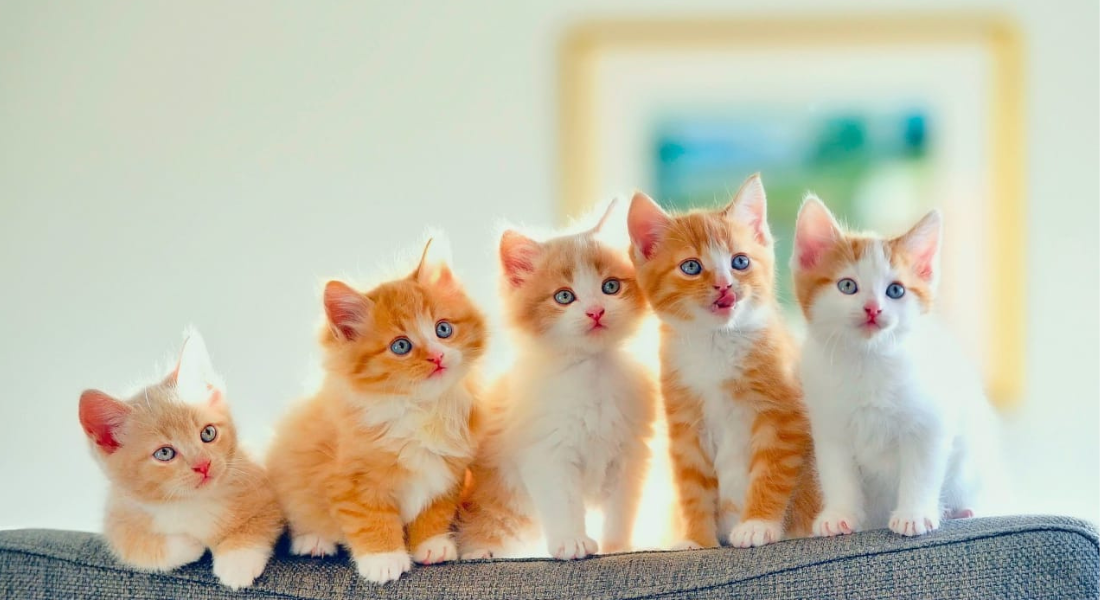How to generate headlines with a great survey – Q&A
By Danny Ward
G reat statistics have the power to capture people’s attention. That’s why brands often conduct surveys when they are looking to raise awareness.
There’s no doubt journalists love them too. A good stat’s ability to grab eyeballs makes them perfect bait in a media headline – and therefore the ideal support tool in a media campaign.
But the research does more than raise awareness. It also helps brands to demonstrate that they understand the issues that matter most to their target audience – and can position the company as a trusted source of useful information. If you want to add weight to thought leadership, the ability to back up what you are saying with solid evidence will also encourage more people to listen.
This all makes survey data invaluable content for B2B marketing purposes.
To deliver compelling results, however, brands need to craft surveys on the right topics. We recently sat down for a Q&A with Censuswide’s Connor Sharp to get the low down on what makes for a great survey.
What are the main benefits your clients see from running surveys?
CS: We work with PR agencies and in-house teams at both large and small companies – and they are all looking for fresh data and insight that will help them generate news that ultimately leads to greater awareness of a brand or an issue.
For example, we recently worked with the Prince’s Trust to conduct a survey of young people. This was to support media activity taking place around its one million milestone. The insights delivered helped them to achieve more than 550 pieces of coverage. They were featured in key outlets such as the BBC, ITV, most national news outlets and the front page of The Sunday Telegraph.
When we get buy in from internal teams, the insights generated can also contribute to wider marketing, business development and sales strategies. They can be used to help businesses understand what awareness of their brand already exists and how this compares to their competitors.
When it comes to grabbing headlines, what do you find captures readers’ interest?
CS: We find that if you put ‘shareability’ at the heart of your research idea, it really helps to produce attention-grabbing stats that deliver those headlines. For example, when you think about the types of articles people share on WhatsApp or via social media, they are typically subjects that stir conversations or create debate.
If you really want to capture people’s attention in a headline, there are other formulas to consider. These include:
- Hijacking the current news agenda
- Myth busting or highlighting ignorance of the facts
- Highlighting the differences between groups of people
- Human interest angles are always good
If you want to target a niche audience, how would you do that?
CS: If you are looking at a niche consumer audience or a B2B operation, a nationally representative consumer survey isn’t always going to cut it. That’s where a targeted sample becomes the aim.
When this is the case, we would screen for audiences with a very specific profile. This approach will mean respondents who aren’t relevant to the survey would be immediately ruled out and wouldn’t be able to access the questionnaire. This ensures businesses are only reaching the niche consumer group or profile of senior business professionals they want to receive insight from.
Not all surveys are trusted by the media, so how do we ensure our research is credible?
CS: We can’t speak for all journalists but, based on our experience, there are a few things they typically look for. Firstly, is the company that is carrying out the research reputable? For example, is the company a member of the Market Research Society (MRS) or a member of the British Polling Council (BPC)?
Secondly, is the sample size robust enough? Ideally, top tier media will look for 2,000 or more respondents with general consumer surveys or 500 with a more targeted sample. With that said, if the target group is very niche, achieving a sample of 500 may not be possible.
Finally, a survey is likely to lose credibility if it has not been conducted by a third party. For example, using a self-built survey and sending it to people you know, or on your social media platforms, will likely carry a certain amount of bias. The questions may be leading or perhaps routing won’t have been properly applied to account for contradictions. All of this will cause your survey to lose credibility.
Are there differences in what the various types of media publications (trade, regionals, etc.) tend to look for?
CS: The sample group is probably the most significant difference in how surveys work for different media publications.
For example, if you want to do a piece on workers’ mental health for trade press in the hospitality sector, you may want to be more targeted. Rather than survey general workers with a split of those coming from hospitality, you might just want to survey hospitality workers specifically.
If you’re doing regional outreach as part of the campaign, you will also need to consider sample size – and ensure you have robust figures in the areas that your target publication covers.
Share this:





